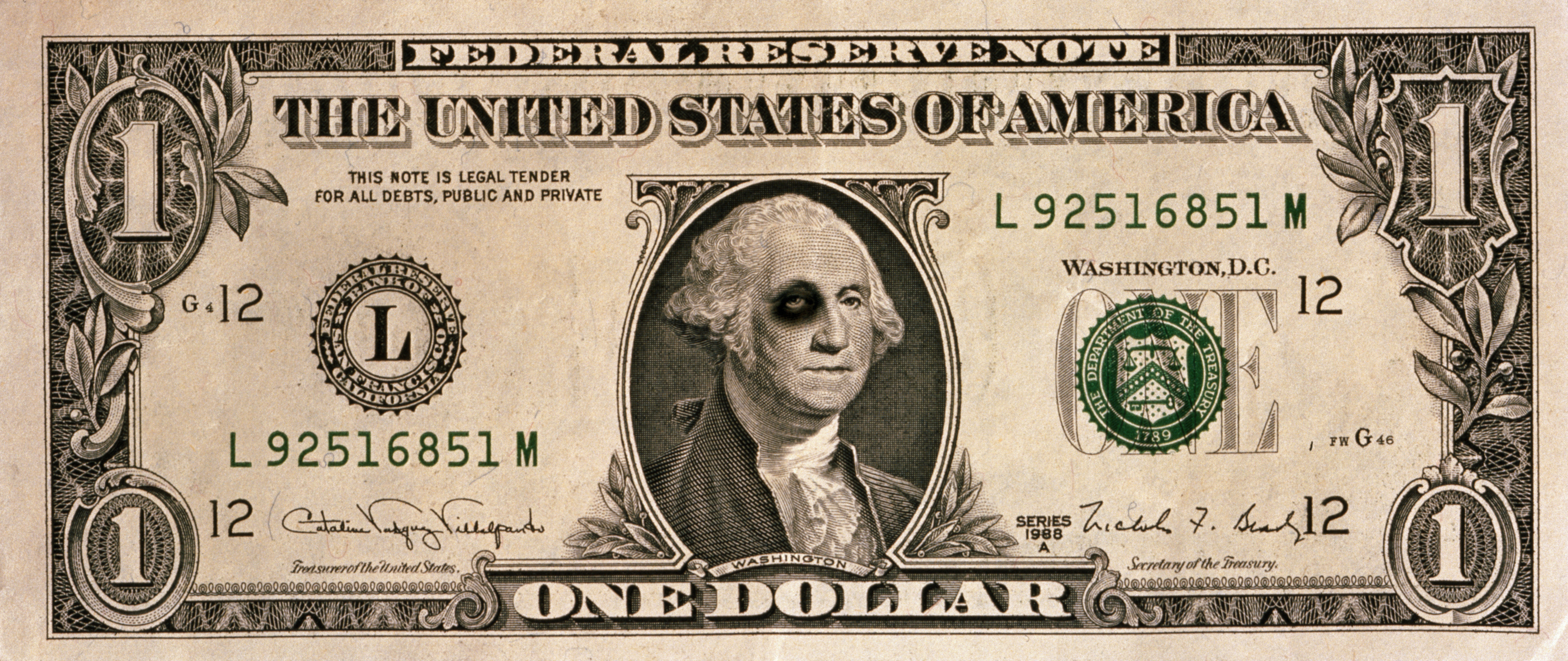Save on Obamacare With This Overlooked Cost-Sharing Subsidy
Some people are eligible for extra savings on health insurance deductibles and other out-of-pocket costs.

I saw a study that said a lot of people who qualify for the Obamacare cost-sharing subsidy aren’t taking advantage of it. How do I know if I qualify?
See Our Slide Show: 50 Ways to Save on Health Care
If your household income is less than 400% of the federal poverty level (for 2015 plans, that’s $46,680 if you’re single or $95,400 for a family of four), you qualify for a government subsidy to help pay your health insurance premiums if you buy coverage through your state’s health insurance exchange. If your household income is less than 250% of the federal poverty level ($29,175 if single or $59,625 for a family of four), you can get an extra break: a cost-sharing subsidy that reduces your deductibles, coinsurance and co-payments when you receive care. You can get the extra cost-sharing subsidy only if you buy a silver-level policy on the exchange; you won’t get the break if you buy a bronze-, gold- or platinum-level policy.
The study you saw, by Avalere Health, discovered that more than 2 million people who bought coverage on the exchanges and are eligible for the cost-sharing subsidy aren’t receiving that extra benefit because they didn’t sign up for a silver policy. They may have chosen a bronze-level policy during open enrollment because the premiums were lower, but if they have even a few medical expenses, they could end up paying less out of pocket by the end of the year by choosing a silver plan with cost sharing.

Sign up for Kiplinger’s Free E-Newsletters
Profit and prosper with the best of expert advice on investing, taxes, retirement, personal finance and more - straight to your e-mail.
Profit and prosper with the best of expert advice - straight to your e-mail.
You generally can’t switch policies until open enrollment in the fall unless you’ve experienced certain life changes (such as getting married, having a baby, losing other health coverage, moving, or experiencing changes in income that affect your eligibility for a subsidy). See the Special Enrollment Period tool for more information. But the cost-sharing subsidy is important to keep in mind when picking a plan for 2016 during open enrollment, which runs from November 1 through January 31. Don’t just compare premiums; compare your out-of-pocket costs for your typical drugs and medical care, and factor in the value of the cost-sharing subsidy if you qualify for it.
Insurers automatically apply the cost-sharing subsidy if you qualify. They can use the cost-sharing subsidy to reduce the deductible or limit co-payments or coinsurance rates for medical care and prescription drugs. Insurers must limit the maximum amount you can spend out of pocket for the year to $2,250 to $5,200 for individual plans (the limit is based on your income) or $4,500 to $10,400 for family plans. (Without the cost-sharing subsidy, the out-of-pocket maximum for policies sold on the exchanges can be up to $6,600 for individual coverage and $13,200 for family plans.) Compare each plan’s details at your state exchange Web site. You can find links at www.healthcare.gov.
Get Kiplinger Today newsletter — free
Profit and prosper with the best of Kiplinger's advice on investing, taxes, retirement, personal finance and much more. Delivered daily. Enter your email in the box and click Sign Me Up.

As the "Ask Kim" columnist for Kiplinger's Personal Finance, Lankford receives hundreds of personal finance questions from readers every month. She is the author of Rescue Your Financial Life (McGraw-Hill, 2003), The Insurance Maze: How You Can Save Money on Insurance -- and Still Get the Coverage You Need (Kaplan, 2006), Kiplinger's Ask Kim for Money Smart Solutions (Kaplan, 2007) and The Kiplinger/BBB Personal Finance Guide for Military Families. She is frequently featured as a financial expert on television and radio, including NBC's Today Show, CNN, CNBC and National Public Radio.
-
 What Wall Street's CEOs Are Saying About Trump's Tariffs
What Wall Street's CEOs Are Saying About Trump's TariffsWe're in the thick of earnings season and corporate America has plenty to say about the Trump administration's trade policy.
By Karee Venema
-
 The Role of the U.S. Dollar in Retirement: Is It Secure?
The Role of the U.S. Dollar in Retirement: Is It Secure?Protect your retirement from de-dollarization, because “capital always goes where it is treated best."
By Adam Shell
-
 Credit Report Error? They All Matter
Credit Report Error? They All Mattercredit & debt Don't dismiss a minor error. It could be the sign of something more serious.
By Kimberly Lankford
-
 Insurance for a Learning Driver
Insurance for a Learning Driverinsurance Adding a teen driver to your plan will raise premiums, but there are things you can do to help reduce them.
By Kimberly Lankford
-
 529 Plans Aren’t Just for Kids
529 Plans Aren’t Just for Kids529 Plans You don’t have to be college-age to use the money tax-free, but there are stipulations.
By Kimberly Lankford
-
 When to Transfer Ownership of a Custodial Account
When to Transfer Ownership of a Custodial Accountsavings Before your child turns 18, you should check with your broker about the account's age of majority and termination.
By Kimberly Lankford
-
 Borrowers Get More Time to Repay 401(k) Loans
Borrowers Get More Time to Repay 401(k) Loansretirement If you leave your job while you have an outstanding 401(k) loan, Uncle Sam now gives you extra time to repay it -- thanks to the new tax law.
By Kimberly Lankford
-
 When It Pays to Buy Travel Insurance
When It Pays to Buy Travel InsuranceTravel Investing in travel insurance can help recover some costs when your vacation gets ruined by a natural disaster, medical emergency or other catastrophe.
By Kimberly Lankford
-
 What Travel Insurance Covers When Planes Are Grounded
What Travel Insurance Covers When Planes Are GroundedTravel Your travel insurance might help with some costs if your trip was delayed because of the recent grounding of Boeing 737 Max planes.
By Kimberly Lankford
-
 Ways to Spend Your Flexible Spending Account Money by March 15 Deadline
Ways to Spend Your Flexible Spending Account Money by March 15 Deadlinespending Many workers will be hitting the drugstore in the next few days to use up leftover flexible spending account money from 2018 so they don’t lose it.
By Kimberly Lankford